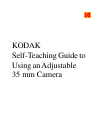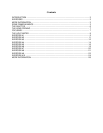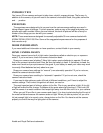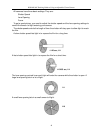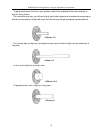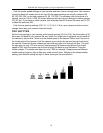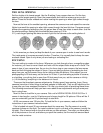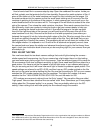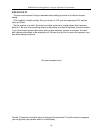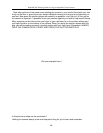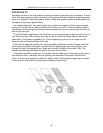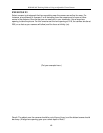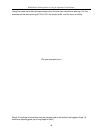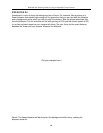
KODAK Self-Teaching Guide to Using an Adjustable 35 mm Camera
8
Here’s how to load film in a camera step-by-step. Open the cardboard film carton. Inside you
will find a plastic can that protects the film from humidity. Remove the metal container of film. A
piece of film sticks out of the metal container as though the film is sticking out its tongue. Put
the metal container into the camera so that the small spool sticking out of one end of the film
container is pointing to the bottom of the camera. In most cameras you have to pull up on the
rewind knob before the film container will fit. The tongue of film will stick out across to the other
side of the camera. Then clamp the metal container into place. Since each camera does this a
little differently, check your camera’s instruction book or get your camera dealer to help you.
Usually, pressing the rewind knob down will do it. Now slip the tongue in the take-up spool
found on the right-hand side of the camera (you will have to pull a little more film out of the
metal container to do this). Be sure that the teeth on the take-up sprocket (near where you
fastened the tongue) fit into the holes along both edges of the film. Wind up enough film so that
the teeth are sticking through the holes on both edges of the film. Don’t be afraid that you are
spoiling good film in loading the camera. The processing lab will cut off about six inches of the
film tongue whether it is exposed or not. Once the film is attached and properly wound, close
the camera back and press the shutter and advance three times to get to the first frame. Here,
again, check your instruction book to be sure you do everything right for your camera. Now you
are ready to go.
THE LIGHT METER
You now know about the two basic camera settings that control light entering the camera—
shutter speed and lens opening—but if your camera has a light meter there is a third setting
you must make every time you put film in the camera. There are different types of film made for
35 mm cameras. Each has a different sensitivity to light. Some need less light than others for a
good picture. You have to set the film speed to tell the light meter in your camera what type of
film you are using so that it will know how much light is needed to produce a good picture. Film
speed settings are referred to as ISO. All 35 mm films have an ISO number printed on the film
box and on the metal container holding the film. Be sure that the setting for ISO on your camera
matches the ISO number marked on your film container. The higher the number, the more
sensitive the film.* With KODAK ROYAL GOLD 200 Film, set the meter for 200.
ISO numbers are commonly referred to as the film’s “speed.” Very sensitive films are called
“high-speed” films and less sensitive films are called “slow” films. Sometimes you’ll hear people
talking about the “film-speed setting” on a camera. They are probably referring to the ISO
setting. It has nothing to do with how quickly the film moves through the camera.
*ISO Refers to the International Standards Organization which is the organization that assigns numbers to different
films. ASA used to refer to the American Standards Association, which has now changed its name, but the initials
are sometimes still used. ISO and ASA mean the same thing.



